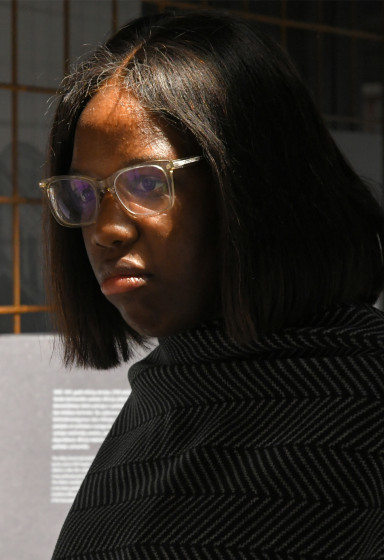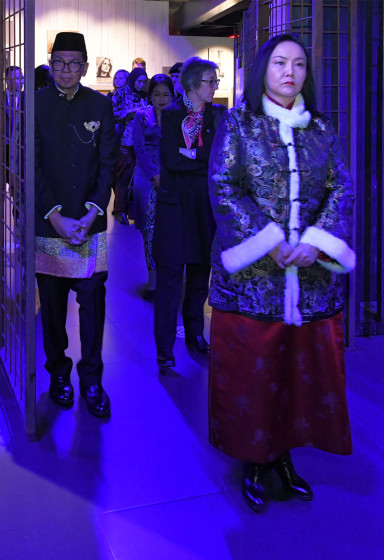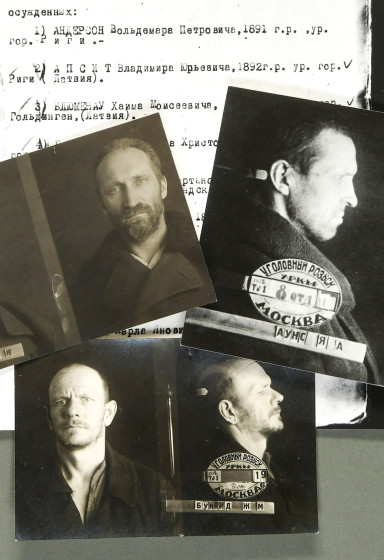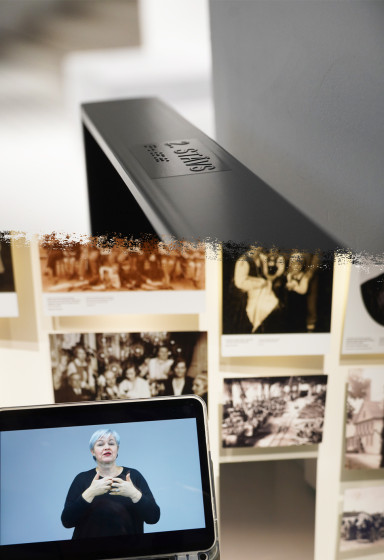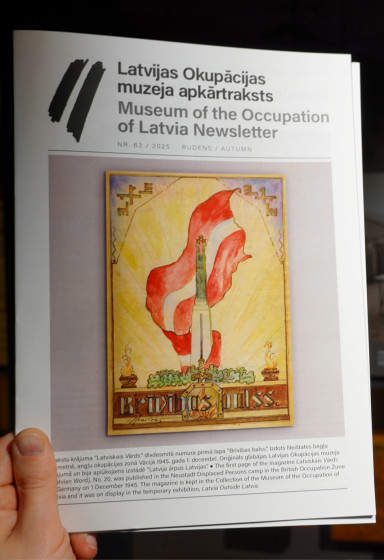Donate to Museum
Each donation helps to ensure the Museum's activities, allowing it to function and provide information for people from all over the world.
The Museum is grateful to each donor and invites everyone to contribute.
A new book by Vincent Hunt "The KGB and Latvia" will be presented at the Museum
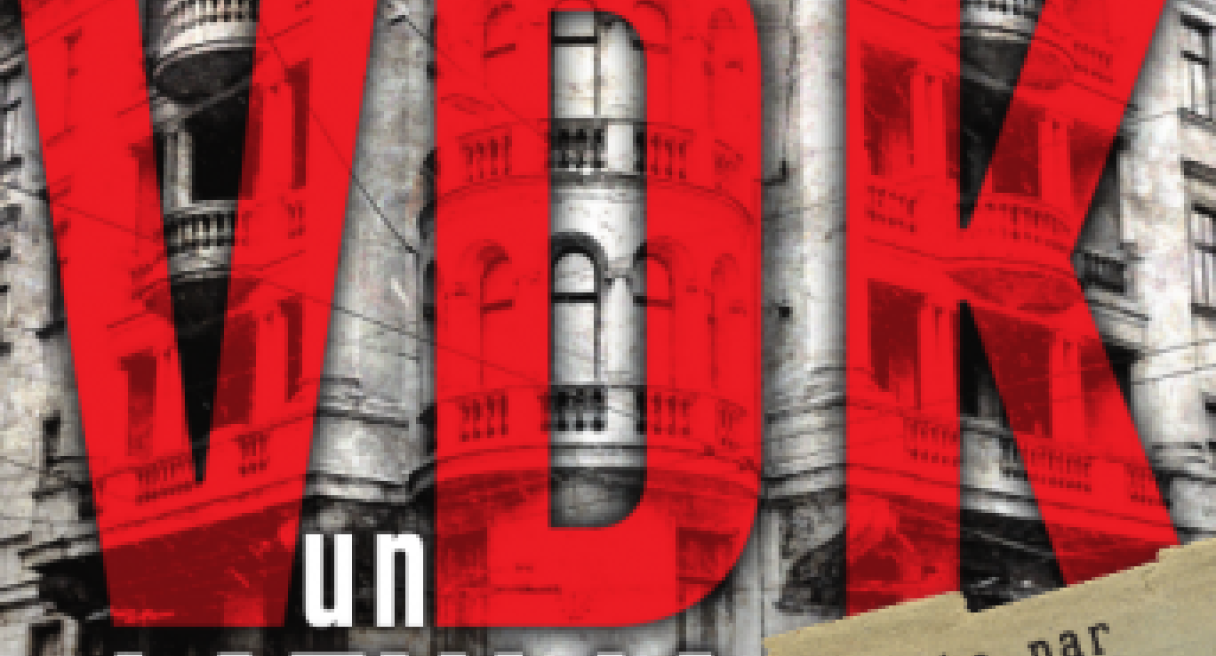
Opening ceremony of the history book "VDK un Latvija" ("The KGB and Latvia") written by BBC journalist, documentary film and book writer Vincent Hant will take place at the Museum on Friday, 22 November at 16.00. The author himself will take part in the event.
Vince Hunt:
My second book about Latvia, The KGB and Latvia, began during the writing of the first: Blood in the Forest, a journalistic travelogue through Courland placing accounts of the war into a modern landscape. As I listened to the stories of men who chose to fight the Red Army as soldiers or partisans, several mentioned the Cheka murders at the Stura Maja as a motivation for taking up arms, especially when they saw the grim execution room.
Occupation Museum archivist Lelde Neimane searched her audio-visual files for interviews with Latvians held prisoner by the Cheka and we made a selection covering several periods of Soviet occupation and resistance activity from the war to the end of the Soviet Union. These were translated for me in Manchester by Daina Vitola, known for her language skills both in Latvia and beyond the UK diaspora, and I added them to the stories coming out of the KGB Research Commission and the research by Vieda Skultans, Kristine Rotbaha and Sanita Reinsone. A picture of resistance emerged across Latvian society: of schoolchildren, students, partisans and their families, writers, intellectuals, human rights campaigners.
Andrejs Plakans’ impressive collection of archive documents in Experiencing Totalitarianism showed how the Soviet regime tried to control the partisan groups and a series of interviews with those actively involved in the various strands of life in Soviet times formed the core of the book. Among them were theatre director and film maker Peteris Krilovs, whose father was a victim of the KGB; musician and politician Linards Musins, who helped seize the Cheka Bags; Ieva Lesinska-Gaber, whose life was shaped by her father’s KGB work; Pavils Bruvers, exiled after resisting pressure not to highlight what life was like in Soviet Latvia and Inese Dreimane, whose work collating the victims of the Cheka has shaped the exhibition at the KGB headquarters at the Stura Maja in Riga.
Many others shared their stories and explained how life was in Soviet times. I was particularly drawn to the fear generated by the Stura Maja, with mothers crossing the road to avoid leading their children past its door on the corner.
A closer look at the history of Latvia’s relationship with the Cheka showed there were actually two phases: Latvians set up the original Cheka after backing Lenin and the Bolshevik Revolution in 1917 and took important jobs in the new Soviet society. But Stalin turned against Latvians and purged them before the events of 1940-41, 1944 and 1949 added new depths to the death, disruption and displacement of the 20th Century.
‘The KGB and Latvia’ is a collection of stories by people who lived through these times. It’s not a history book, though sometimes knowing what was happening adds context, especially for an audience that might not be familiar with all this woe. It’s not objective or scientific and it doesn’t tell the full story: it draws on what is available to me and what I can gather, but I could not persuade anyone with Cheka connections to give their side of the story. The opening of the Cheka Bags was an ideal moment to conclude this collection, but I imagine the debate on the reality of Soviet times will rumble on.
I am delighted that "Latvijas Mediji" have now made a Latvian translation possible, and I hope this will prompt those who served in the Cheka to add their stories to the record while they can. I hope so. That would offer a fascinating insight into a world that has been - so far - off-limits, and allow future generations to have a fuller picture of what life in the totalitarian society of Soviet Latvia really meant, from all sides.
